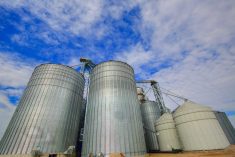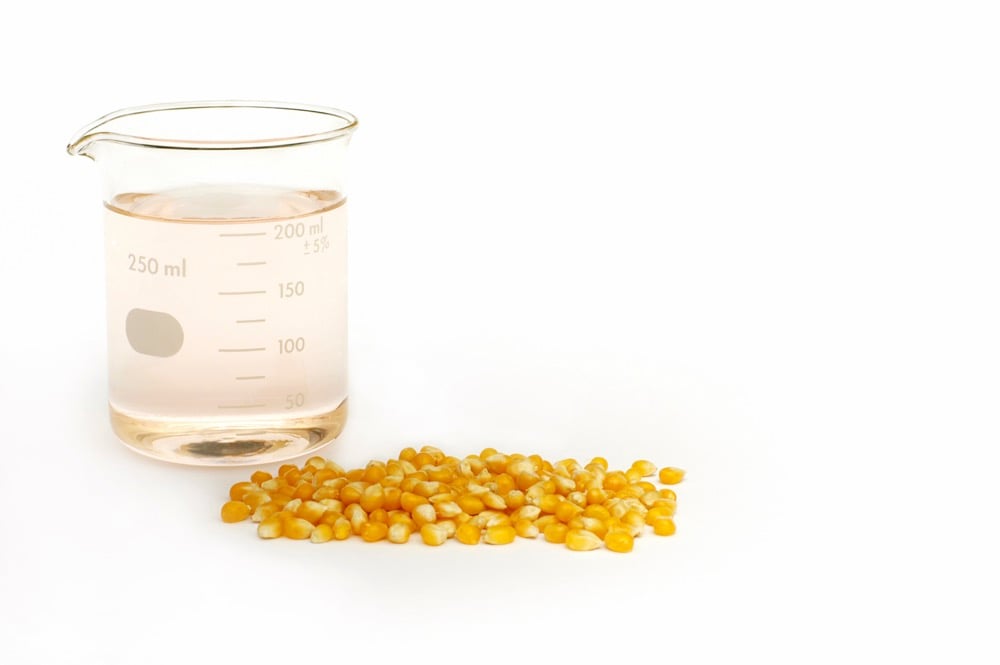After a year with some of the most volatile markets in history, crop growers will need a careful marketing strategy to turn a profit in 2022-23.
“The last two years have made for complacent marketing,” says Jim Beusekom, president of Market Place Commodities in Lethbridge, Alta. “Holding on to commodities and waiting for the price to go higher worked (then), but unless the market is in an aggressive uptrend, I would expect that to be over.”
Brian Wittal of Paterson Grain says farmers will need to diversify and spread their risk by using different tools, as opposed to one strategy. He says huge daily market moves mean farmers need to make decisions more quickly or risk losing opportunities.
Read Also

What to consider when setting up farm-related business ventures
Things to consider before launching a farm-adjacent side business.
Beusekom emphasizes taking a profit if there’s one to be had. “Do not compare prices to the last six to 12 months alone. In fact, why bother? Instead, sell basis profitability. Think of selling crops as a grain company would do: if it’s profitable, sell it.”
How much to lock in?
But what’s profitable? Growers need to work that out, starting with estimating their cost of production for each crop, says Neil Blue, crops market analyst with Alberta Agriculture, Forestry and Rural Economic Development. He recommends using crop-budgeting software and related online resources.
Blue also urges growers to estimate yields for each crop to determine break-even prices per tonne or bushel. “Compare estimated break-evens to available prices from cash and futures/options markets, while considering historic prices and basis levels.”
He says to consider cash-flow needs and to set target prices based on a conservative portion of your expected crop. A rule of thumb is to price no more than 50 per cent before harvest, when volume and quality are known better.
Neil Townsend, chief market analyst with FarmLink Marketing Solutions, says that despite high prices earlier this season, many farmers weren’t keen to lock in. That was partly due to lingering concerns from last year’s drought, plus spring weather challenges such as dryness in Alberta and parts of Saskatchewan and excess moisture in Manitoba.
And since crops such as durum, lentils and peas can’t be hedged on futures markets, growers were uncomfortable to go too far forward on sales, Townsend says.
Instead of selling crops in typical increments of 20 to 30 per cent, he recommends farmers consider five to 15 per cent, just because of market uncertainty and volatility.
“When you see prices go up, sell another chunk, because the price won’t stay up. If you can make money at a certain price, consider selling to free up storage.”
On its website, Alberta Agriculture says that for crops that can be hedged, futures and basis are traditionally weak right after harvest, which is a signal to store grain and wait for prices to improve. So if you can afford to be patient, and have the bin space, you can store more crop than usual to buy time.
Selling signals
Blue says a good time to price cash grain or sign a deferred delivery contract is when both futures and basis are strong.
Weak futures with a strong basis signals good local demand, which is the time to consider locking in that basis with a basis contract while leaving the futures portion open for a rally, Blue says.
Farmers can also time their cash grain sales according to seasonal highs.
ProMarket Communications president Errol Anderson says buyers tend to step into the market as early as late September and continue buying through December.
“Certainly, into November, classically, the selling pressure is over from harvest, and then buyers start covering cash sales.”
He explains that because many growers are already deferring their deliveries into the new year — often for tax reasons — buyers will sweeten their offers with spot basis sales to ensure they get their grain bought and delivered before Christmas and New Year.
Basis levels typically weaken thereafter as buyers have covered their sales, and farmers may need to wait until buyers’ supplies are running out in spring for another period of strong basis, Anderson says.
Waiting too long
Paterson Grain’s Wittal urges farmers to stay on top of markets to get an indication of sales opportunities rather than sitting on inventory through the winter. Every month in the bin comes with potential lost opportunities and quality losses.
Wittal observed farmers delivering 2021’s grain last July, and some was tough, heated or had insects.
“It’s not always the case that once grain is in the bin that it’s as good as gold,” he says. “If you don’t think you’re going to be able to retrieve or cover those costs by waiting for the markets to go up, you’re better off getting rid of it sooner than later.”
Capture carry
Ideally, farmers who store their grain while waiting for selling signals can get paid to do so. One way to find out if that’s possible is by watching the market’s carrying charge. If there’s a positive carrying charge, deferred futures contracts trade at a premium to nearby ones. A positive carry tells you to make a forward sale and you’ll get paid to store that grain for a few months.
A negative carrying charge — or an inverted market — is the opposite: nearby futures contracts trade at a premium to deferreds. This occurs during tight supplies, and is a signal to farmers they can receive a premium for immediate deliveries.
Hedging your bets with options
Puts and calls can allow you to take advantage of price changes without committing physical grain
Combining cash strategies with futures or options is a great way to diversify risk, but some experts prefer options, especially in volatile markets when expensive margin calls may be needed to maintain your position.
“The key is to give yourself flexibility,” says ProMarket Communications president Errol Anderson. “Cash contracting is important, but at the same time, using some risk management in your trading account is also very beneficial. The markets are going to be volatile.”
Unfortunately, many crops that had once had futures markets, such as feed wheat, barley, oats and flax, no longer have them, which reduces pricing alternatives, says Alberta Agriculture’s Neil Blue.
“Some offset to that is provided by the increasing number of delivery points, resulting in improved buying competition across most areas of the Prairies.” He says farmers can still use U.S. futures for wheat, oats, corn, soybeans and soybean products. A rally in, say, corn is a hedging opportunity for Prairie feed grain growers.
Puts and calls
A good time to buy a put option is when futures are strong but basis is weak. It affords producers protection from futures price slides, while enabling them to capture higher prices for their physical stock should futures rise.
FarmLink’s Neil Townsend says an optimal time to have hedged with put options would have been when prices soared during the spring. Another opportunity to buy a put is if you’re unsure of quality but want to price without committing physical grain.
Anderson says the most useful risk management tool this year has been the put option. “That’s been the star.” He cites a particularly successful use of puts during a strong rally in Chicago soymeal futures. When the market collapsed, those options doubled in value. “There are opportunities when you see a market just take off like a rocket.”
“I’m just a real believer in using a combination of cash grain contracts and trading accounts because they’re both beneficial overall,” Anderson says. “If you feel you don’t want to commit more tonnage to a grain buyer, that’s when your commodity accounts come in, because you don’t obligate yourself to delivering.”
When futures are weak but basis strong, farmers may wish to look at purchasing call options to take advantage of potential futures rallies, Alberta Agriculture says. Growers could also sign a favourable basis contract.
If growers are unpriced this fall, they can get caught selling into doldrum markets. In that case, they can buy call options to reopen their price ceiling, Anderson says.
“There’s room for a grower that did not price to sell into the spot market for cash flow or bin space, and then reopen the ceiling for a mid-winter market rebound.”
A trading account gives farmers flexibility outside of a cash market, Anderson says. “You can either protect your downside or you can reopen your upside. Don’t focus entirely on your cash marketing.”
Anderson also encourages growers to make marketing plans up to a year ahead.
“It’s not too early to start looking at November 2023 canola.”
Some growers already shorted that market months ago to guard prices that far out, Anderson says.
At the very least, look six months forward on your farm marketing plan, he says. He prefers the strategies of farmers who go into fall fairly well covered, deliver and take their profit, and then concentrate on next year.
“I don’t like chasing a market,” Anderson says. “I know growers that get caught selling into depressed markets who want to reopen their ceiling so they can recover some of their money, but I like more forward-thinking rather than hindsight.”
Market Place Commodities’ Jim Beusekom also urges longer-term planning.
“Markets are forward-thinking, hence the futures market trades up to two years forward. As a producer or even an end-user, the battle for them is to get out of the current market mindset, and the best way to do that is to look at the forward markets and see what is trading. It helps provide direction.”
















